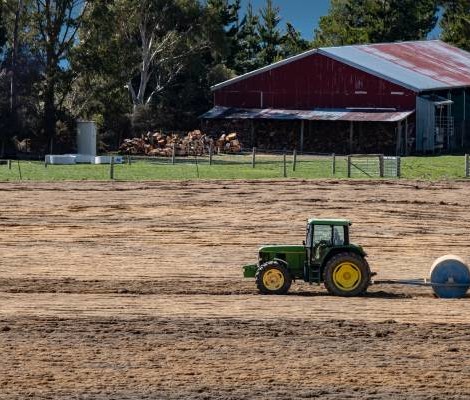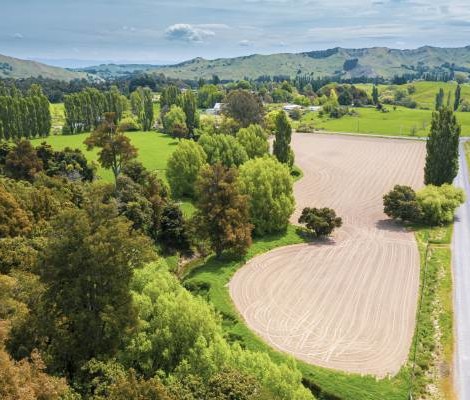Soils and biodiversity
Soils are alive. There are more species of organisms in the soil than there are aboveground, and a single handful of soil contains millions of individual living organisms.
They are not just sitting there, but they actually are the ‘engine’ of soil formation and functions. One of their main jobs is the breakdown or ‘decomposition’ of animal wastes, fallen leaves, and the dead plants and animals. This releases fresh nutrients for plant growth.
They are also behind building and maintaining soil structure, and some of the water filtering services that soils provide.
Acknowledging that soil organisms are responsible for nearly all vital soil functions provides a strong motivation to make sure we look after them when managing our land. The strong aboveground-belowground interactions mean that our own actions will determine how functional and ‘healthy’ our soils will be.
Nurturing life in your soil and thus improving overall soil health can be achieved through a wide range of strategies, among others:
- Reducing mechanical cultivation and compaction of the soil;
- Increasing soil organic matter input as a food source for soil life, thereby reducing the need for synthetic fertiliser inputs;
- Maintaining soil cover as much as possible year-round;
- Reducing the input of substances such as pesticides which are harmful to soil life;
- Managing crop rotations, and crop diversity; or
- Integrating crops and livestock.
If you are keen to dive deeper into this topic, have a look at the brochure Farming with Soil Life published by the Xerces Society for Invertebrate Conservation.
The number and diversity of living organisms in soil are considered important indicators of soil health. There are various ways in which soil life can be examined. You can test overall soil ‘aliveness’ through the ‘tea bag’ decomposition test, or a soil respiration measurement. Within a soil, observations such as organic matter, root channels, cavities, or tunnels can provide hints on how well the soil functions as a habitat. You can also deduce the level of soil biological activity from testing field aggregate stability or lab results such as soil microbial biomass and hot water extractable carbon.
More specialists examinations of particular soil animal groups can provide insight into status of biological soil health. Examples are pitfall traps to study litter-decomposing invertebrates at or near the soil surface; or the measurement of earthworm abundance and diversity.


